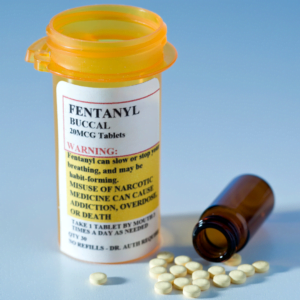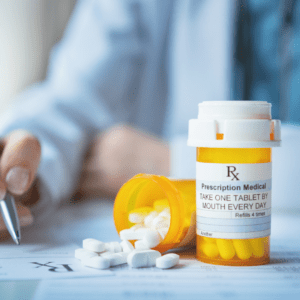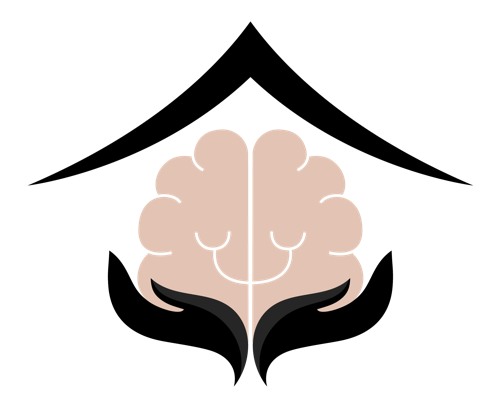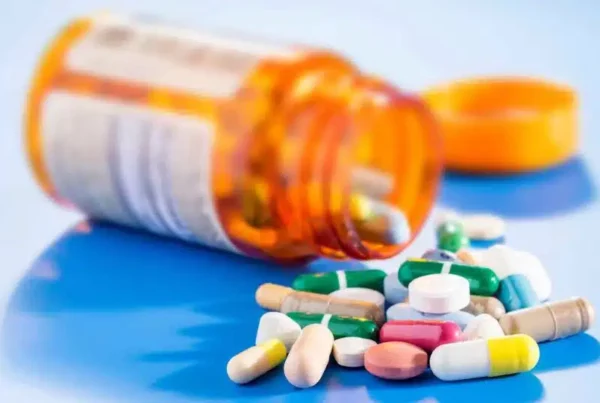Walking the tough road to recovery from substance abuse? That’s some serious bravery right there! And guess what? You don’t have to go through it alone. Suboxone is a superstar medication that’s got your back when it comes to healing from opioid addiction. However, you must be having questions popping into your head, like what is it, and how does it work?
Before knowing how Suboxone works, Suboxone is a super helpful sidekick in your recovery journey. It’s a special treatment option that combines Buprenorphine and Naloxone. These two ingredients tackle the disturbing withdrawal symptoms caused by opiate use. When used correctly under the guidance of medical pros, Suboxone makes the recovery process a whole lot smoother for individuals.
Now, you might be wondering, how does Suboxone work? Is it magic in our bodies to help us break free from addiction? If you’re curious to know all the ins and outs, stick around until the end of this post. We’ll dive deep and boost your knowledge on this topic.
Background of Opioid Addiction
Opioid addiction is a serious problem that happens when people can’t stop using certain substances (like oxycodone, hydrocodone, or fentanyl) or illegal drugs, like heroin. These drugs mess with the brain’s receptors, making you feel good and getting rid of pain, but they can also cause addiction.
 In the United States, opioid addiction has become a big worry. The Centers for Disease Control and Prevention (CDC) says it’s an epidemic. More and more people are misusing prescription opioids, and it’s causing a lot of deaths by overdose. The National Institute on Drug Abuse (NIDA) says over 2 million Americans have an opioid addiction, and lots more are misusing prescription opioids. The authorities are trying to control it in different ways, like spreading awareness about how Suboxone works and how it can be used to recover from opioid addiction.
In the United States, opioid addiction has become a big worry. The Centers for Disease Control and Prevention (CDC) says it’s an epidemic. More and more people are misusing prescription opioids, and it’s causing a lot of deaths by overdose. The National Institute on Drug Abuse (NIDA) says over 2 million Americans have an opioid addiction, and lots more are misusing prescription opioids. The authorities are trying to control it in different ways, like spreading awareness about how Suboxone works and how it can be used to recover from opioid addiction.
Understanding Suboxone
Suboxone is a special combo drug that brings together buprenorphine and naloxone. Buprenorphine is like a “partial” superhero that works with the opioid receptors in your brain, just like strong opioids such as heroin and morphine. But it’s not as powerful, so it doesn’t get you hooked or cause extreme effects even if you take too much. This helps lower the chances of addiction, overdose, and dependency. Moreover, the FDA is the authority that gives Suboxone its official stamp of approval.
How Does Suboxone Work?
Suboxone is a medication used in the treatment of opioid dependence. It contains two active ingredients, buprenorphine, and naloxone, which work together to help individuals recover from opioid addiction. Understanding how Suboxone works involves exploring the mechanisms of these two components.
Buprenorphine is a partial opioid agonist, meaning it binds to the same receptors in the brain as opioids but produces a less intense effect. By occupying these receptors, buprenorphine helps to alleviate withdrawal symptoms and cravings experienced by individuals addicted to opioids. It provides a stable level of opioid stimulation, preventing the highs and lows associated with drug abuse. Additionally, buprenorphine has a long duration of action, allowing for once-daily or every-other-day dosing.
Naloxone, the second component in Suboxone, is an opioid antagonist. Its primary purpose is to deter misuse of the medication. When taken as prescribed, naloxone has minimal effect, but if Suboxone is crushed or injected, naloxone quickly blocks the opioid receptors, precipitating withdrawal symptoms.
 When Suboxone is taken as directed, the buprenorphine component binds to the opioid receptors, reducing withdrawal symptoms and cravings. Its partial agonist activity stabilizes, minimizes the risk of overdose, and enables individuals to function normally. The presence of naloxone in Suboxone acts as a safety measure, discouraging misuse and protecting against overdose if the medication is used incorrectly.
When Suboxone is taken as directed, the buprenorphine component binds to the opioid receptors, reducing withdrawal symptoms and cravings. Its partial agonist activity stabilizes, minimizes the risk of overdose, and enables individuals to function normally. The presence of naloxone in Suboxone acts as a safety measure, discouraging misuse and protecting against overdose if the medication is used incorrectly.
Suboxone is typically prescribed as part of a comprehensive treatment program that includes psychotherapy/counseling. It helps individuals transition away from illicit opioid use and facilitates the healing process by providing a safer, controlled alternative. The medication allows individuals to regain control of their lives, reducing the physical and psychological burden of opioid addiction.
Safety and Side Effects
Suboxone causes side effects just like any other medicine, although not everyone will experience them. It’s better to stay aware of potential side effects and discuss with your professional if you have any concerns.
Nausea, Constipation, and Headaches
Some people may experience gastrointestinal symptoms, such as nausea and constipation. However, if needed, you can manage these by adjusting your diet, drinking more water, and using over-the-counter medications. Headaches may also occur, but they usually subside on their own.
Sleep Disturbances and Mood Changes
Suboxone can alter your sleep and mood. Some people might have trouble sleeping or notice changes in their sleep quality. Mood changes like increased irritability or feelings of anxiety or depression can also happen.
Future Directions and Research
Scientists and experts are working hard to make Suboxone even better at helping people overcome opioid addiction. They’re doing all sorts of studies and coming up with new ideas. They’re looking into how to make Suboxone easier to take and more effective. They want to find ways to make it more convenient so people are more likely to stick with their treatment. They’re also exploring different ways to deliver Suboxone into the body so it works better and gets absorbed properly.
 Researchers are also studying how Suboxone can work together with other treatments or be personalized to fit each person’s unique needs. It’s all about finding the best ways to help each individual get the most out of their recovery journey. But it’s not just about the science stuff. There are also changes happening in policies and regulations to make sure more people can access Suboxone treatment. They’re making it easier for doctors to prescribe Suboxone and making sure insurance covers it. Plus, they’re using evidence-based guidelines to guide the way things are done.
Researchers are also studying how Suboxone can work together with other treatments or be personalized to fit each person’s unique needs. It’s all about finding the best ways to help each individual get the most out of their recovery journey. But it’s not just about the science stuff. There are also changes happening in policies and regulations to make sure more people can access Suboxone treatment. They’re making it easier for doctors to prescribe Suboxone and making sure insurance covers it. Plus, they’re using evidence-based guidelines to guide the way things are done.
The Bottom Line
Suboxone is a remarkable choice for treating opioid addiction, and knowing how Suboxone works is an integral part of starting this journey. It works especially by interacting with the brain’s opioid receptors to ease withdrawal symptoms and cravings. The best part is it doesn’t give you that intense high as other opioids do. The FDA has given its stamp of approval, so you know it’s legit. It makes a difference in improving lives and preventing relapse. However, it’s important to remember that any temporary side effects are just part of the healing process. If you’re ready to take that first step toward recovery, Suboxone can help you on your journey.



